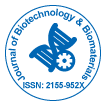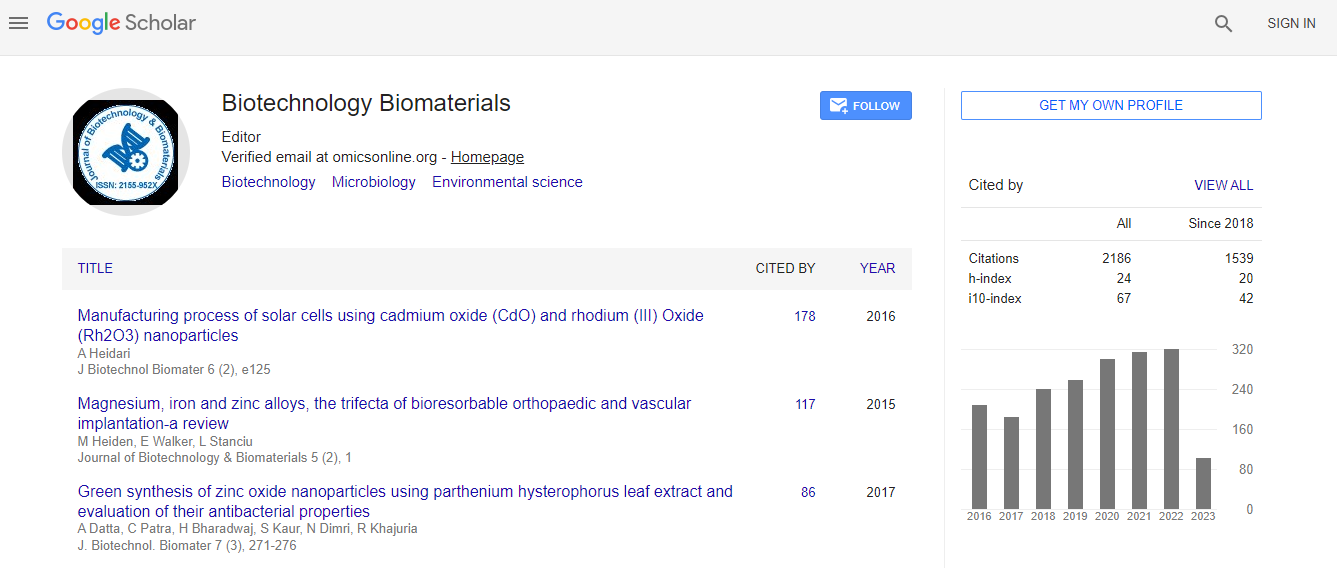Our Group organises 3000+ Global Events every year across USA, Europe & Asia with support from 1000 more scientific Societies and Publishes 700+ Open 91��ɫ Journals which contains over 50000 eminent personalities, reputed scientists as editorial board members.
Open 91��ɫ Journals gaining more Readers and Citations
700 Journals and 15,000,000 Readers Each Journal is getting 25,000+ Readers
Citations : 3330
Indexed In
- Index Copernicus
- Google Scholar
- Sherpa Romeo
- Open J Gate
- Genamics JournalSeek
- Academic Keys
- ResearchBible
- China National Knowledge Infrastructure (CNKI)
- 91��ɫ to Global Online Research in Agriculture (AGORA)
- Electronic Journals Library
- RefSeek
- Hamdard University
- EBSCO A-Z
- OCLC- WorldCat
- SWB online catalog
- Virtual Library of Biology (vifabio)
- Publons
- Geneva Foundation for Medical Education and Research
- Euro Pub
- ICMJE
Useful Links
Recommended Journals
Related Subjects
Share This Page
In Association with
Improving organophosphate-hydrolyzing activity of human paraoxonase 1 by mutagenesis approach
Industrial Biotechnology Congress
Rajan K Tripathy and Abhay H Pande
National Institute of Pharmaceutical Education and Research (NIPER), India
Posters-Accepted Abstracts: J Biotechnol Biomater
DOI:
Abstract
Organophosphates OPs) are extremely toxic compounds that are commonly used as pesticides and also as chemical warfare nerve agents. OP compounds irreviserbilly inhibit neurotransmitter metabolizing enzyme, acetylcholinesterase (AChE). Inhibition of AChE results in severe cholinergic crisis caused by increased concentration of acetylcholine at the cholinergic nerve��?nerve and nerve��?muscle synapses. Some of the examples of toxic OPs are pesticides and chemical warfare nerve agents like malathion, chlorpyrifos-oxon, parathion, soman, sarin, etc. The current treatment of OP-poisoning includes combination of anti-cholinergic drugs together with quaternary oxime reactivators which is not much effective. Human paraoxonase 1 (hPON1), a 40 kDa enzyme predominantly found associated with HDL in the blood circulation, can potentially hydrolyze numerous OPs and is thus considered as a promising catalytic scavenger candidate for the therapy of OP-poisoning. However, the OP-hydrolyzing capacity of native hPON1 is low. In an attempt to increase the OP-hydrolyzing capacity, random mutagenesis of recombinant human PON1 (rh-PON1) was carried out by both XL-1 Red mutator stain and error-prone PCR methods for two rounds of molecular evolution. The protein was expressed, purified and characterized. Some of the mutant in the second round of evolution showed 20-30 folds increase in OP-hydrolyzing activity. These novel mutants can be of therapeutic use against OP-poisoning.Biography
Email:
rktripathy03@gmail.com
